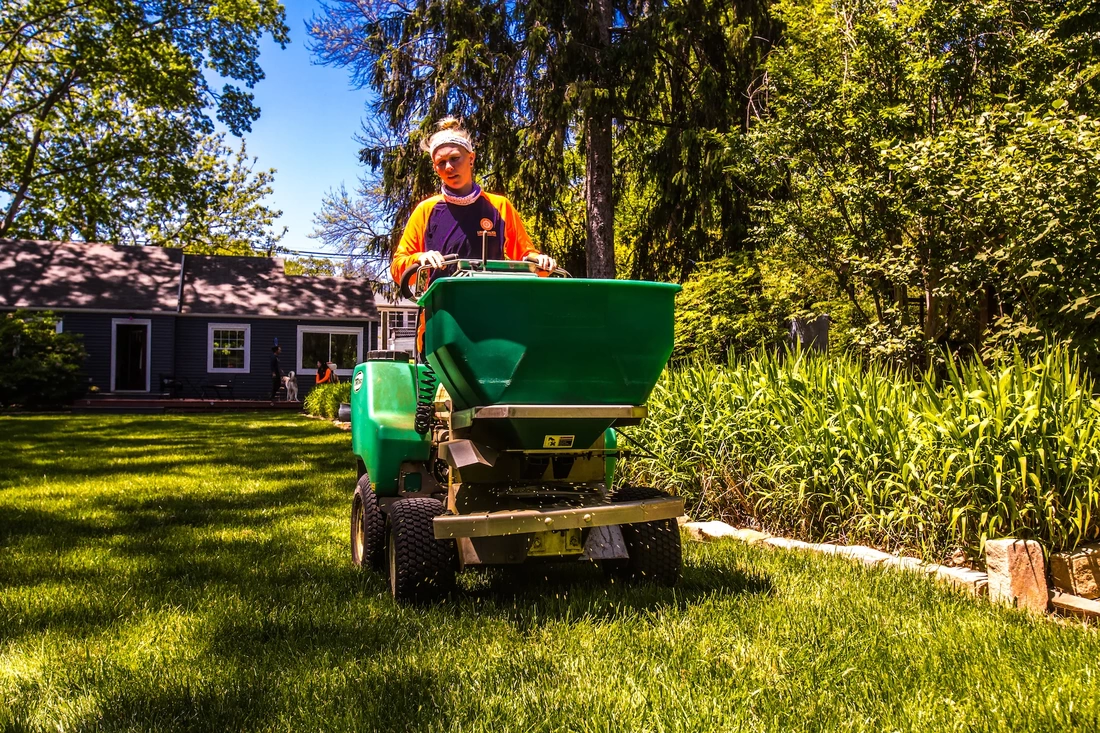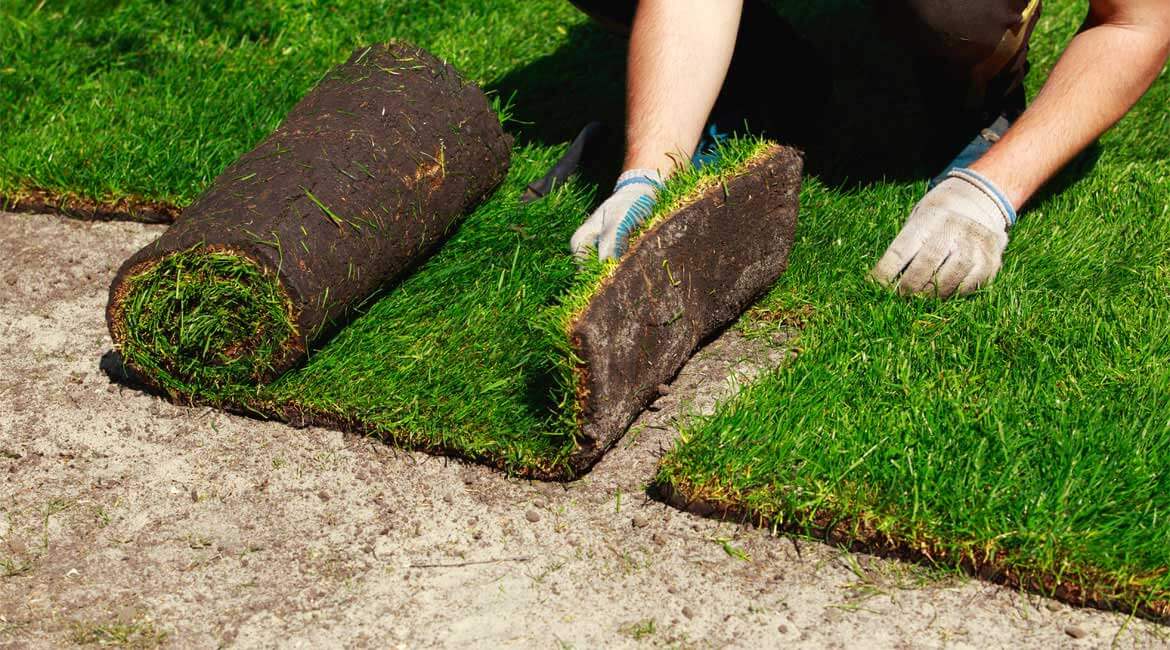|
A beautiful, lush lawn is not only aesthetically pleasing, but it can also increase the value of your property. However, achieving the perfect lawn takes time, patience, and effort. In this ultimate guide, we’ll share some tips and tricks to help you get the lawn of your dreams. Step 1: Soil Preparation
The first step in getting the perfect lawn is to prepare the soil. The soil should be fertile, well-drained, and free of weeds. Start by removing any debris or rocks from the area. Then, check the pH level of your soil. The ideal pH level for most grasses is between 6.0 and 7.5. If your pH level is too low or too high, you can use lime or sulfur to adjust it. Step 2: Grass Selection Choose a grass variety that is best suited for your climate and soil type. Cool-season grasses such as fescue, rye, and Kentucky bluegrass thrive in cooler climates, while warm-season grasses such as Bermuda, St. Augustine, and Zoysia are better suited for warmer climates. Step 3: Seeding or Sodding Once you’ve prepared the soil and selected the grass type, it’s time to seed or sod. Seeding is a cost-effective way to establish a lawn, but it takes longer to establish and requires regular watering. Sodding, on the other hand, produces an instant lawn, but it is more expensive. Step 4: Watering Watering is the most critical factor in maintaining a healthy lawn. Newly planted grass seed needs to be kept consistently moist for the first few weeks while it germinates and establishes itself. Established lawns should be watered deeply and infrequently, usually 1 to 1.5 inches of water per week. Step 5: Fertilizing Fertilizing is essential for a healthy lawn. To determine the right fertilization schedule, you’ll need to know what type of grass you have. Most cool-season grasses require fertilization in the spring and fall, while warm-season grasses require fertilization in the late spring or early summer. Step 6: Mowing Mowing is an essential part of maintaining a healthy lawn. When mowing, never remove more than one-third of the total grass blade. Additionally, make sure the blades of your mower are sharp. Dull blades can damage the grass and make it more susceptible to disease. Step 7: Weed Control Weeds can quickly take over a lawn, choking out the healthy grass. The best way to control weeds is to maintain a lush, well-fertilized lawn. However, if weeds do appear, you can use herbicides to kill them. In conclusion, achieving the perfect lawn takes a lot of hard work and dedication, but it’s worth the effort. By following these tips and tricks, you can get the lawn of your dreams. Remember, soil preparation, grass selection, watering, fertilizing, mowing, and weed control are all critical factors in maintaining a healthy lawn. With the right care and attention, you can have a beautiful, lush lawn that will be the envy of your neighbors.
0 Comments
Leave a Reply. |
�
categories
Categories
All
|





 RSS Feed
RSS Feed